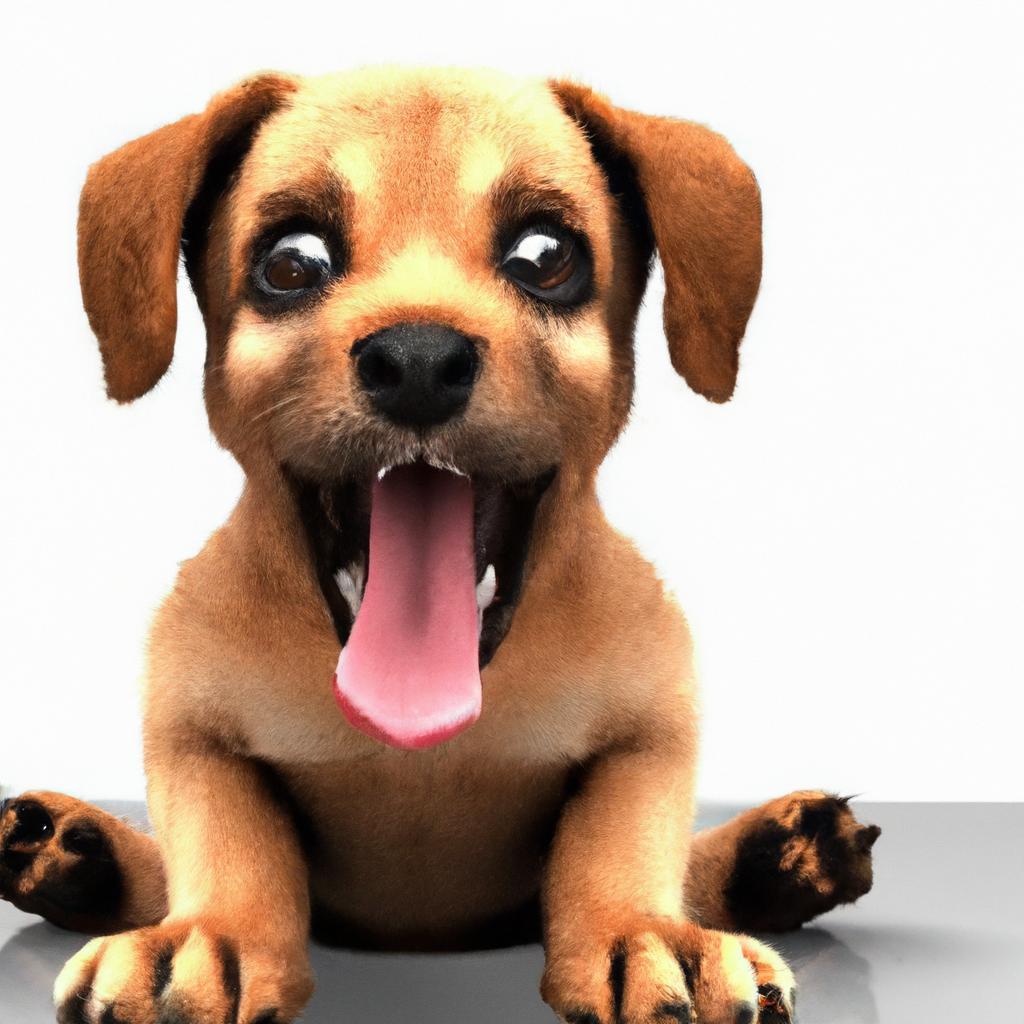In a quaint village, whispers of a cat named Ashera spread like wildfire. With a coat that shimmered like moonlight and eyes that sparkled like emeralds, she was no ordinary feline. Ashera was a rare hybrid, a blend of the wild African serval and the domestic cat, making her one of the most expensive breeds in the world. Her owner,a humble artist,cherished her not for her price tag,but for the companionship she offered. Ashera roamed the village, captivating hearts and reminding everyone that true value lies not in gold, but in love.
Table of Contents
- The Allure of Luxury Felines: Understanding the Most Expensive Cat Breeds
- Factors Influencing Price: what Makes a Cat Worth Its Weight in Gold
- caring for High-Value Cats: Essential Tips for Owners of Expensive Breeds
- Investing in a Feline companion: Considerations Before Making a Purchase
- Q&A
The Allure of Luxury Felines: Understanding the Most Expensive Cat Breeds
The world of feline companions is as diverse as it is indeed captivating, with some breeds commanding astonishing prices that reflect their rarity, beauty, and unique characteristics. Among these luxurious breeds, the **Savannah cat** stands out, a hybrid of the domestic cat and the serval, a wild African cat. Known for their striking appearance, which includes large ears and a spotted coat, Savannahs can fetch prices ranging from **$10,000 to $20,000** depending on their generation and pedigree. their playful and dog-like demeanor adds to their allure, making them a sought-after companion for those who can afford them.
Another breed that captures the imagination is the **Bengal cat**, renowned for its exotic, leopard-like appearance. With a price tag that can soar up to **$25,000**, Bengals are not just visually stunning; they are also known for their energetic and intelligent nature. Their unique coat patterns and vibrant colors make them a favorite among cat enthusiasts, while their playful antics and affectionate personalities ensure they remain a cherished member of any household.
The **Persian cat**, with its long, luxurious fur and sweet expression, has long been a symbol of opulence in the feline world. Prices for purebred Persians can range from **$1,000 to $5,000**, depending on lineage and color.Their calm demeanor and affectionate nature make them ideal lap cats, while their grooming needs require a dedicated owner who appreciates the beauty of this regal breed.The Persian’s status as a luxury pet is further enhanced by its historical significance, often associated with royalty and high society.
Lastly, the **Khao Manee**, a rare breed originating from Thailand, is gaining recognition for its striking appearance and unique traits. With a price tag that can reach **$10,000**, these cats are known for their stunning white coats and captivating blue or odd-colored eyes. Khao Manees are not only beautiful but also possess a friendly and social disposition, making them excellent companions.Their rarity and the cultural significance attached to them in Thailand contribute to their status as one of the most expensive cat breeds in the world.
Factors Influencing Price: What Makes a Cat Worth Its Weight in Gold
When it comes to determining the value of a cat, several factors come into play that can elevate its price to astonishing heights. One of the most meaningful influences is the breed itself. Certain breeds, such as the **Savannah**, **Bengal**, and **Persian**, are highly sought after due to their unique characteristics and lineage.The rarity of these breeds can drive prices up, as enthusiasts and collectors are frequently enough willing to pay a premium for a purebred cat with a distinguished pedigree.
Another crucial aspect is the cat’s physical attributes. Features such as **coat color**,**eye color**,and **size** can substantially impact a cat’s market value. As a notable example,a Bengal cat with a striking marbled coat or a rare color variant can command a higher price than a more common counterpart. Additionally, the overall health and condition of the cat play a vital role; a well-cared-for cat with a clean bill of health is more desirable and, consequently, more expensive.
Beyond breed and appearance, the cat’s **age** and **training** can also influence its worth. Kittens, especially those from prestigious bloodlines, often fetch higher prices than adult cats. However, an adult cat that has been trained in specific skills, such as agility or obedience, can also be valued highly. The demand for trained cats in various roles,including therapy or service animals,has created a niche market that can significantly inflate prices.
Lastly, the **market demand** and trends within the pet industry can sway prices dramatically. Economic factors, such as disposable income and consumer preferences, can lead to fluctuations in what people are willing to pay for a cat. seasonal trends, such as holidays or special events, can also create spikes in demand, making certain breeds or types of cats more valuable at specific times of the year. Understanding these dynamics can provide insight into what makes a cat worth its weight in gold.
Caring for High-Value Cats: Essential Tips for Owners of Expensive Breeds
Caring for high-value cats requires a blend of knowlege, dedication, and a touch of luxury. These breeds frequently enough come with specific needs that go beyond the basics of cat care. To ensure your feline companion thrives, it’s essential to understand their unique characteristics and preferences. For instance,many expensive breeds,such as the Savannah or Bengal,are known for their high energy levels and playful nature. Providing ample opportunities for exercise and mental stimulation is crucial to keep them happy and healthy.
Nutrition plays a pivotal role in the well-being of these cats.High-value breeds frequently enough require premium quality food that meets their specific dietary needs. Look for brands that offer **grain-free** options or those formulated for **active breeds**. Additionally, consider incorporating **wet food** into their diet to ensure proper hydration and to enhance their overall health. Regularly consulting with a veterinarian who specializes in exotic or high-value breeds can help tailor a diet plan that suits your cat’s individual requirements.
Grooming is another essential aspect of caring for expensive breeds. Many of these cats have unique coats that require regular maintenance to prevent matting and skin issues. For example, the Persian cat demands frequent brushing to keep its luxurious fur in top condition. Investing in high-quality grooming tools and establishing a routine can make this process enjoyable for both you and your pet. Additionally, consider scheduling professional grooming sessions if your cat’s breed requires specialized care.
Lastly, creating a stimulating environment is vital for the happiness of high-value cats. These breeds frequently enough thrive in spaces that offer **vertical climbing opportunities**, **interactive toys**, and **safe outdoor access**. Cat trees, scratching posts, and puzzle feeders can keep them engaged and prevent boredom. Moreover, ensuring a safe and enriching environment will help reduce stress and anxiety, allowing your expensive feline to flourish in their home. Remember, the more you invest in their care, the more rewarding your relationship will be.
Investing in a Feline Companion: Considerations Before Making a Purchase
When considering the addition of a feline companion to your home, it’s essential to weigh the financial implications carefully. cats can be a significant investment, not just in terms of the initial purchase price but also in ongoing care. The most expensive breeds, such as the Savannah or the Bengal, can command prices that range from thousands to tens of thousands of dollars.This initial cost is just the tip of the iceberg, as potential owners should also factor in:
- Veterinary Care: Regular check-ups, vaccinations, and unexpected health issues can add up quickly.
- Quality Food: Premium cat food is essential for the health of high-maintenance breeds.
- Grooming Needs: Some breeds require professional grooming, which can be a recurring expense.
- Insurance: Pet insurance can definitely help mitigate costs but is an additional monthly expense.
Beyond the financial aspects, it’s crucial to consider the lifestyle changes that come with owning a cat, especially a high-value breed. These cats frequently enough have specific needs and temperaments that may not align with every household. For instance,breeds like the Sphynx or the Maine Coon are known for their social nature and may require more interaction and stimulation than othre cats. Potential owners should reflect on their daily routines and how a new pet would fit into their lives. Key considerations include:
- Time Commitment: some breeds thrive on companionship and may suffer from separation anxiety.
- space requirements: Larger breeds may need more room to roam and play.
- Allergies: Consider any allergies within the household,as some breeds are more hypoallergenic than others.
it’s essential to research the breed thoroughly before making a purchase. Understanding the specific characteristics, health issues, and care requirements of the breed can definitely help ensure a harmonious match between the cat and your lifestyle. Engaging with breeders, reading reviews, and connecting with current owners can provide valuable insights. Additionally, consider adopting from shelters or rescue organizations, as many purebred cats are in need of loving homes. This approach not only saves money but also gives a deserving animal a second chance at a happy life.
Q&A
-
What is the most expensive cat breed?
The most expensive cat breed is the Savannah cat, known for its striking appearance and exotic lineage. prices can range from $10,000 to $20,000 or more, depending on the generation and breeder.
-
What factors contribute to a cat’s high price?
Several factors contribute to a cat’s high price, including:
- rarity: Breeds that are less common tend to be more expensive.
- Lineage: Cats with prestigious bloodlines or show-winning ancestry can command higher prices.
- Breeder Reputation: Renowned breeders often charge more for their cats due to their expertise and care.
- Health and Genetics: Cats that come with health guarantees and genetic testing might potentially be priced higher.
-
Are expensive cats worth the investment?
Whether an expensive cat is worth the investment depends on individual preferences and circumstances. Considerations include:
- Time Commitment: Some breeds require more attention and care.
- Financial Obligation: Higher initial costs may lead to increased ongoing expenses.
- Personal Connection: The bond you form with your pet can outweigh monetary considerations.
-
Can I find a high-quality cat for less money?
Yes, it is possible to find high-quality cats at lower prices. Consider:
- Adoption: Shelters and rescues often have purebred cats available for adoption at a fraction of the cost.
- Mixed Breeds: Mixed-breed cats can be just as loving and healthy, frequently enough at a lower price point.
- Local Breeders: Researching local breeders may yield more affordable options compared to high-end breeders.
In the world of feline luxury, the most expensive cat is more than just a pet; it’s a symbol of status and exclusivity. as we’ve explored, these remarkable breeds captivate not only with their beauty but also with their unique traits. Choose wisely!

大家好,我是彼得潘,專業的手法身體治療師。我喜歡探索和研究各種主題,並透過與人工智慧的合作分享專業、實用、有趣的文章。我們定期進行人工審核,以確保內容的準確性。如果您發現文章中有任何不準確的地方,請隨時與我們聯繫,我們會及時糾正。您可以透過 [email protected] 與我們聯繫。



